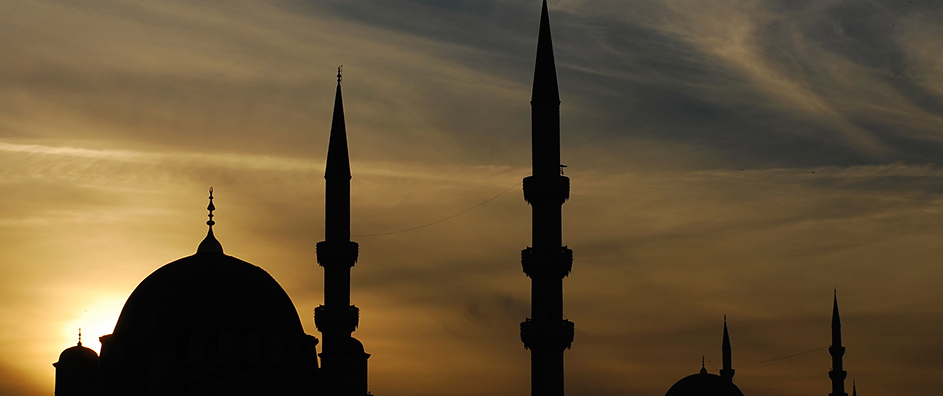In exploring the intricate tapestry of faith and persecution within the Bahá’í teachings, the narrative of “The Mullah and the Common Man” serves as a profound allegory. This story encapsulates the essential themes of devotion, societal stratification, and the transformative power of spiritual enlightenment. It vividly illustrates the societal dynamics at play between religious authority and the layperson, revealing deeper truths about the human experience.
At its core, this tale emphasizes the dichotomy between the revered mullah, a symbol of established religious authority, and the common man, whose spiritual yearning propels the narrative forward. Such symbolism is indicative of broader societal structures where individuals often find themselves navigating the complex interplay of that which is deemed sacred and that which is profane. The mullah, imbued with knowledge and reverence, stands in stark contrast to the common man, who embodies the quest for authentic faith despite the shackles of societal expectations.
The initial setting conveys a palpable sense of tension. The mullah, entrusted with the guardianship of traditional beliefs, is often perceived as an arbiter of divine righteousness. However, this veneration can morph into rigidity, stifling the pluralistic essence of spirituality. The common man, juxtaposed against this backdrop, yearns for a deeper understanding—one that transcends mere ritualistic adherence. This struggle epitomizes the broader theological dilemma faced by many in diverse faith communities: the balancing act between adherence to established doctrines and the pursuit of individual spiritual truths.
The narrative encapsulates the theme of persecution, depicting the common man’s trials as he grapples with the mullah’s rigid interpretations of faith. Persecution, in the context of spirituality, is not solely physical; it can manifest in various forms, including social ostracism and intellectual oppression. The common man serves as an archetype of resilience. His journey reflects the existential quandary faced by seekers of truth in environments saturated with dogmatism. Such persecution is intertwined with the quest for knowledge—an intrinsic human desire to comprehend one’s purpose and connection to the Divine.
Through the mullah’s perspective, readers encounter the inherent conflict that arises when authority is confronted by the transformative potential of personal faith. This conflict often exacerbates societal divisions, pitting those who cling to power against those who challenge the status quo. The mullah’s initial disdain for the common man reveals a deeply ingrained fear of disruption. In many ways, this fear serves as a microcosm of larger societal tensions faced by individuals who dare to question conventional wisdom. It beckons a reflection on how institutions can sometimes perpetuate cycles of ignorance, stifling spiritual growth.
As the story progresses, a pivotal moment arises—a profound exchange between the mullah and the common man. This dialogue becomes a crucible for transformation, ushering in an era of contemplative introspection. It is through this exchange that the mullah begins to grapple with the essence of compassion, humility, and the need for genuine connection. The common man, representing the voiceless multitudes, embodies the spirit of inquiry that propels humanity toward enlightenment. This intersection of belief systems evokes a myriad of questions about the nature of authority, the essence of faith, and the plurality of truth.
This profound interaction is reflective of the Bahá’í principle of collective consciousness. The teachings emphasize the importance of unity and the notion that all individuals harbor an innate ability to contribute to the greater good. In this light, the common man’s experience denotes the validity of diverse spiritual paths. The Bahá’í faith, grounded in the principle of oneness, encourages individuals to embrace their unique journeys while acknowledging the interconnectedness of all humanity. Such perspectives challenge traditional paradigms that often validate exclusion based on doctrinal interpretations.
Furthermore, this story poignantly illustrates the concept of progressive revelation—a cornerstone of Bahá’í teachings. Just as the mullah confronts the limitations of his understanding, readers are invited to reflect upon their own spiritual evolutions. This progression fosters an environment where individuals can glean wisdom from multiple sources, thus enriching their understanding of faith. The narrative reinforces the concept that the pursuit of truth is an ongoing journey, one that necessitates both courage and humility.
In conclusion, “The Mullah and the Common Man” serves as an evocative exploration of faith and persecution. It intricately weaves together elements of societal structure, religious authority, and the indomitable spirit of personal conviction. This narrative encourages readers to reflect on their own beliefs and the implications of rigid dogma on the human experience. Through the lens of Bahá’í teachings, the story resonates with a universal truth: that the quest for understanding transcends individual identities, ultimately guiding humanity toward a profoundly interconnected existence. The transformative power of love, acceptance, and empathy emerges as the beacon of hope, illuminating the path toward spiritual awakening and unity.
